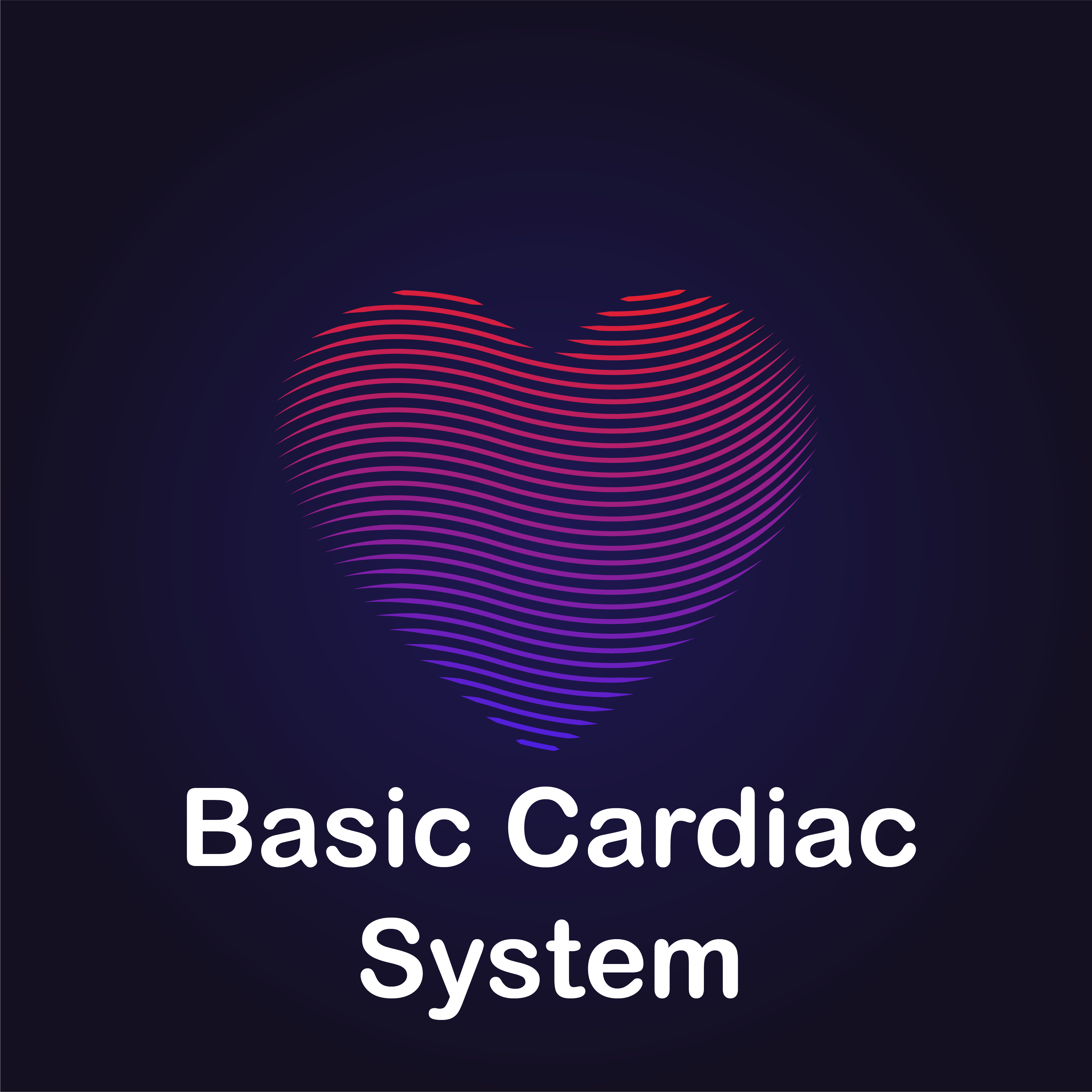Anatomy of the Cardiac System
Introduction:
The cardiovascular system is a network of organs and tissues that circulate blood throughout the body. It consists of the heart (the pump), blood vessels (the container), and blood (the fluid). Collectively these items also make up the ‘Perfusion Triangle’. Without them, we would not have perfusion. Remember, perfusion is the delivery of nutrients AND removal of waste products.
Perfusion Triangle – The Heart
The heart is a muscular organ in the chest that pumps blood throughout the body. It comprises four chambers: the left atria, which receives blood from the pulmonary vein, and right atria, which receives blood from the body, and the left and right ventricles, which pump blood to the body and lungs. The heart has its own electrical system, which helps to coordinate its contractions and pump blood efficiently.
Perfusion Triangle – The Blood Vessels
TThe blood vessels are tubes that carry blood throughout the body. There are three types of blood vessels: arteries, veins, and capillaries. Arteries carry blood away from the heart to the body’s tissues. The pulmonary artery connects the right ventricle to the lungs, carrying deoxygenated blood, while the Aorta and other arteries carry oxygenated blood for the body to use. The pulmonary vein carries oxygenated blood from the lungs to the left atria, and other veins carry deoxygenated blood back to the heart. Capillaries are small blood vessels that connect arteries and veins and allow for exchanging oxygen, nutrients, and waste products between the blood and the body’s cells.
Perfusion Triangle – The Blood
Blood is a fluid that carries oxygen, nutrients, and hormones to the body’s cells and removes waste products from them. It is made up of red and white blood cells, platelets, and plasma. Red blood cells carry oxygen to the body’s tissues and remove carbon dioxide (which is perfusion). White blood cells help to fight infection. Platelets help to form blood clots and stop bleeding. Plasma is the liquid portion of the blood that carries the cells. It helps to regulate the body’s pH and electrolyte balance.
Cardiovascular Disorders
Cardiovascular disorders: Several disorders can affect the cardiovascular system, including heart attacks, hypertension, and atherosclerosis.
- Heart attacks are caused by a blockage in a blood vessel that supplies blood to the heart, leading to damage or death of heart tissue.
- Hypertension, or high blood pressure, is when the blood flows through the vessels with too much force, leading to an increased risk of heart attack, stroke, and kidney damage.
- Atherosclerosis is a condition in which plaque builds up in the arteries, narrowing them and reducing blood flow.
Summary
If you are just starting your EMS education, understanding the heart and how it works is one of the most important things that you can start to do. This will carry through all of your career, and as you advance to become a paramedic this will lay the foundation for reading EKGs. Just knowing enough to pass the test is not going to help you or your patients once you actually start working!
While there is not a shortage of resources or guides to these things all over the internet, the list above is very concise and to the point over the main idea for this system. If you’re interested in additional resources, we have a brief study guide for all the main systems available for free, with even more available if you subscribe and create a paid account today.
